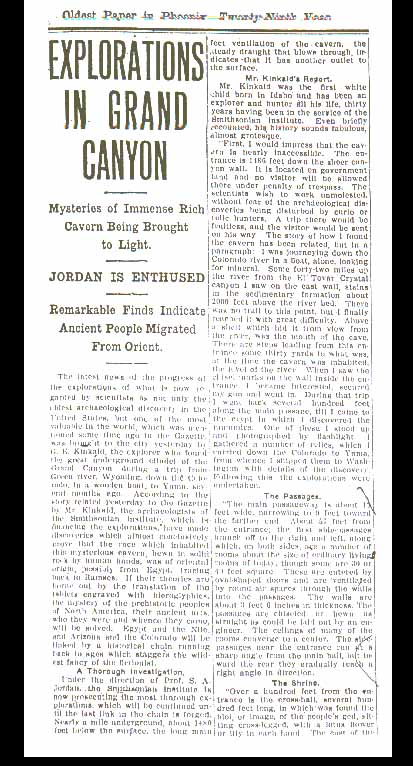The Toltecs
The Rise of an Empire
 The Toltec Empire appeared in the Central Mexico area in the 10th century AD, when they established their central city of Tula. It is believed that the Toltecs were refugees from the northern Teotihuac�n culture and migrated after its fall in 700 AD.
The Toltec Empire appeared in the Central Mexico area in the 10th century AD, when they established their central city of Tula. It is believed that the Toltecs were refugees from the northern Teotihuac�n culture and migrated after its fall in 700 AD.
Little is known directly about the Toltecs because the Aztecs plundered the Tula ruins for building materials for their nearby capital, destroying most of the historical evidence that remained. Much of what we know about the Toltecs comes from legends carried on about them by later cultures.
The Toltec Empire was the first of the extreme militaristic cultures in the region that used their might to dominate their neighbors, a trend associated with the later cultures in the region, especially the Aztecs. Eventually the empire spread across most of Mexico, Guatemala, and as far south as the Yucatan, as they conquered lands previously controlled by the Mayans.
Art and Entertainment
 The Toltec Empire and leaders created an unmatched mystique in the minds of the Central American people. The Toltec leaders were thought of as being alongside deities. Later cultures often revered them and copied their legends, art, buildings and religion. Many future rulers of other cultures, including Mayan leaders and Aztec emperors, claimed to be descended from the Toltecs.
The Toltec Empire and leaders created an unmatched mystique in the minds of the Central American people. The Toltec leaders were thought of as being alongside deities. Later cultures often revered them and copied their legends, art, buildings and religion. Many future rulers of other cultures, including Mayan leaders and Aztec emperors, claimed to be descended from the Toltecs.
The Toltecs sported the familiar ball game played by many central American cultures and may have sacrificed of the losers. Toltecs are known for their somewhat rougher form of architecture, a form that would later inspire the Aztec builders. Toltec art is characterized by walls covered with snakes and skulls, images of a reclining Chac-mool (red jaguar), and the colossal statues of the Atlantes, men carved from great columns.
Religion and Legend
|
Religion in the Toltec Empire was dominated by two major deities. The first, Quetzalcoatl, is shown as a plumed serpent. This deity of learning, culture, philosophy, fertility, holiness and gentility was absorbed from earlier cultures in the area. His rival was Tezcatlipoca, the smoked mirror, known for his warlike nature and tyranny.
The greatest ruler of the Toltecs was Ce Acatl Topiltzin who was renown for being the leader and high priest of Quetzacoatl at the time when Tula and the Empire were established. According to Toltec legend, Tezatlipoca's followers drove Topiltzin and the followers of Quetzalcoatl out of the city around 1000 AD. They fled south, where they were able to defeat the Maya at the city of Chichen Itza, and take it for their own. An interesting twist in Topiltzin's legend is that he vowed to return to Tula from the east in one of his sacred years and take his vengeance. This legend lived all the way to the time of the Aztecs, who attributed the arrival of the Spanish as the return of Topiltzin, an event that they feared greatly.
The Decline
|
The Toltec Empire lasted until the 12th century, when it was destroyed by the Chitimecs and other attacking groups. The Toltec people were absorbed by the conquerors and in the south they became assimilated with the Maya, subordinates to the people they once conquered. After the fall of the Toltecs, central Mexico fell into a period of chaos and warfare without any single ruling group for the next 200 years, when the Aztecs gained control.
References
Hooker, Richard. "The Toltecs." Civilizations in America, 1996.
Quetzalcoatl. Quetzal Computational Associates, Inc., 1996.
Mexico City Sites. Go2, the Mexico City Travel Guide,.1997.
Toltec, Microsoft Encarta, 1996.



Replies
More about Don Miguel Ruiz, his work, books, seminars and teachings: http://www.miguelruiz.com/